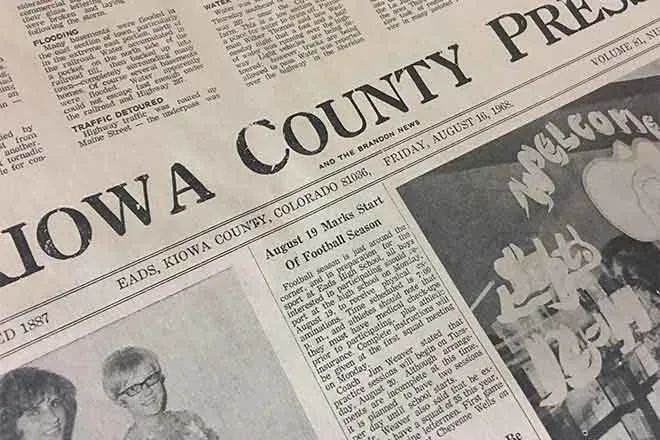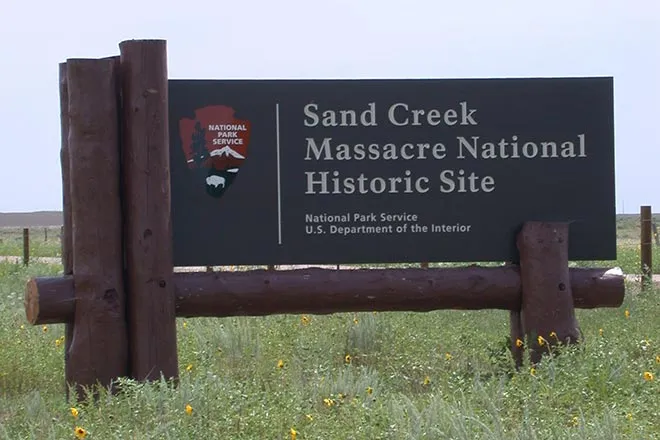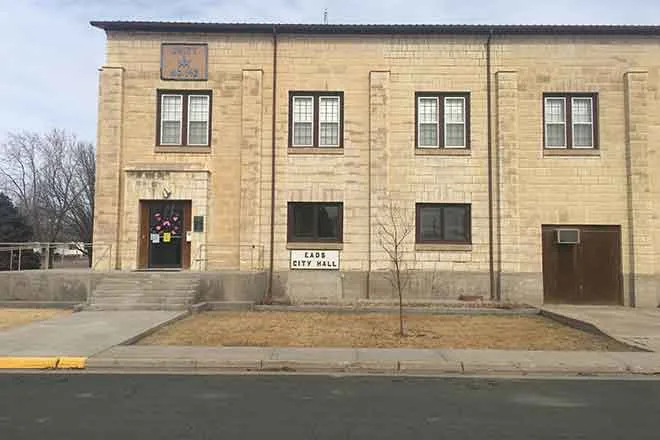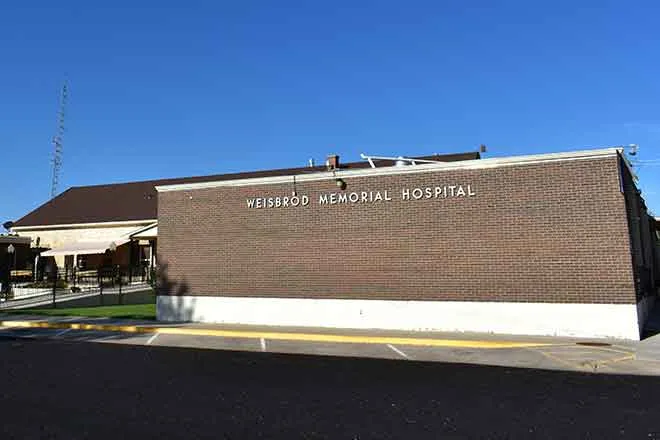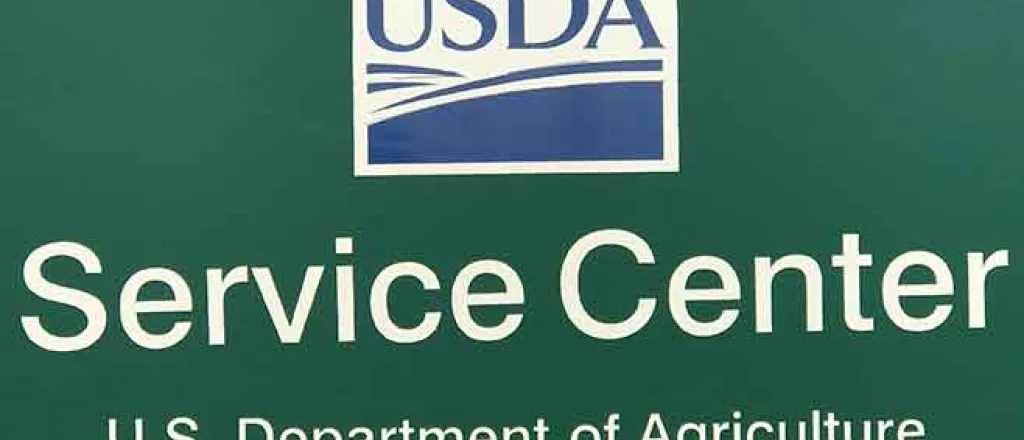
USDA Update – April 1, 2019
IMPORTANT DATES TO REMEMBER
- FSA Farm Loan personnel in Eads Office – April 9th
- MFP production deadline – May 1, 2019
- COC Meeting – April 19th– 9:00 a.m.
- CRP Primary Nesting Season March 15th– July 15th.
Disclaimer: Information in this UPDATE is pertinent to Kiowa County FSA only. Producers reading this and that do not have FSA interest in Kiowa County are advised to contact their local FSA Office.
Breaking New Ground
Agricultural producers are reminded to consult with FSA and NRCS before breaking out new ground for production purposes as doing so without prior authorization may put a producer’s federal farm program benefits in jeopardy. This is especially true for land that must meet Highly Erodible Land (HEL) and Wetland Conservation (WC) provisions.
Producers with HEL determined soils are required to apply tillage, crop residue and rotational requirements as specified in their conservation plan.
Producers should notify FSA as a first point of contact prior to conducting land clearing or drainage type projects to ensure the proposed actions meet compliance criteria such as clearing any trees to create new cropland, then these areas will need to be reviewed to ensure such work will not risk your eligibility for benefits.
Landowners and operators complete the form AD-1026 - Highly Erodible Land Conservation (HELC) and Wetland Conservation (WC) Certification to identify the proposed action and allow FSA to determine whether a referral to Natural Resources Conservation Service (NRCS) for further review is necessary.
USDA Offers Targeted Farm Loan Funding for Underserved Groups and Beginning Farmers
The USDA Farm Service Agency (FSA) reminds producers that FSA offers targeted farm ownership and farm operating loans to assist underserved applicants as well as beginning farmers and ranchers.
USDA defines underserved applicants as a group whose members have been subjected to racial, ethnic, or gender prejudice because of their identity as members of the group without regard to their individual qualities. For farm loan program purposes, targeted underserved groups are women, African Americans, American Indians and Alaskan Natives, Hispanics and Asians and Pacific Islanders.
Underserved or beginning farmers and ranchers who cannot obtain commercial credit from a bank can apply for either FSA direct loans or guaranteed loans. Direct loans are made to applicants by FSA. Guaranteed loans are made by lending institutions who arrange for FSA to guarantee the loan. FSA can guarantee up to 95 percent of the loss of principal and interest on a loan. The FSA guarantee allows lenders to make agricultural credit available to producers who do not meet the lender's normal underwriting criteria.
The direct and guaranteed loan program provides for two types of loans: farm ownership loans and farm operating loans. In addition to customary farm operating and ownership loans, FSA now offers Microloans through the direct loan program. The focus of Microloans is on the financing needs of small, beginning farmer, niche and non-traditional farm operations. Microloans are available for both ownership and operating finance needs. To learn more about microloans, visit www.fsa.usda.gov/microloans.
To qualify as a beginning producer, the individual or entity must meet the eligibility requirements outlined for direct or guaranteed loans. Additionally, individuals and all entity members must have operated a farm for less than 10 years. Applicants must materially or substantially participate in the operation. For more information on FSA’s farm loan programs and targeted underserved and beginning farmer guidelines, visit www.fsa.usda.gov/farmloans





